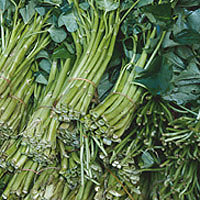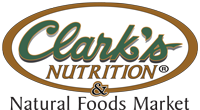Search Healthnotes
Collards

Preparation, Uses, & Tips
Clean collard leaves thoroughly before cooking by dunking each leaf into a bowl of fresh water several times. Then rinse under running water. The stalks are generally too tough to eat, so leaves should be stripped from the stalks and torn into small pieces before cooking. Steaming is not the best way to cook collards because it gives them a somewhat tough texture.
Serve collards with beans—especially black-eyed peas for a very traditional southern meal—or add them to soups and stews. Good seasonings for collards include garlic, fresh ginger, dill, parsley, hot sauce, cinnamon, hot peppers, vinegar, and curry.
To boil or simmer
Traditionally, collards are cooked with bacon or salt pork, although health-conscious cooks have developed many new recipes that are lower in saturated fat. Collards are often simmered for several hours, which produces a very tender vegetable. For faster preparation, they can be boiled in water or broth for 15 to 30 minutes, which yields a slightly firmer texture.
To sauté
Simmer collards first in a small amount of water for 10 minutes. Then drain them and sauté in olive oil with herbs or spices until tender, about 10 minutes. In parts of Africa, collards are often cooked with hot peppers and other spices.
To microwave
Place the collards, with just the water clinging to the leaves, in a covered dish. Cook on high until tender, about 7 to 10 minutes. Stir after about 4 minutes. Let stand, covered, for about 2 minutes before serving.
Copyright © 2026 TraceGains, Inc. All rights reserved.
Learn more about TraceGains, the company.
The information presented in the Food Guide is for informational purposes only and was created by a team of US–registered dietitians and food experts. Consult your doctor, practitioner, and/or pharmacist for any health problem and before using any supplements, making dietary changes, or before making any changes in prescribed medications. Information expires December 2026.










